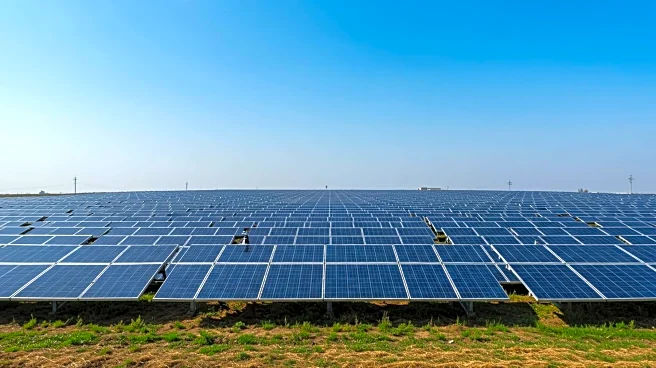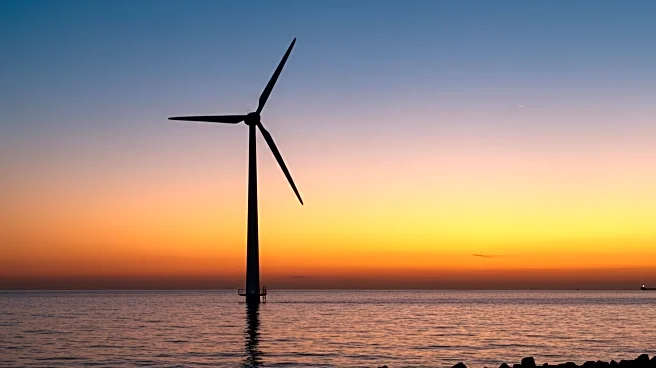Rapid Read • 6 min read
The offshore industry is experiencing a resurgence in 2025, driven by technological advancements and regulatory developments. A significant focus is on the integration of floating wind installations with traditional production platforms to reduce emissions and extend field economics. Major energy companies are leveraging their deepwater experience to address the challenges of floating offshore wind installations, particularly in Europe and Asia. Classification societies like ABS are developing specialized guidance for these structures, using advanced simulation tools to ensure operational reliability in challenging environments.
AD
The development of floating wind technology is crucial for the energy transition, offering a sustainable solution to meet rising global energy demands. By combining traditional and renewable energy sources, the industry can reduce its carbon footprint and enhance economic viability. The guidance provided by classification societies like ABS is essential for safely scaling up this technology, ensuring that it meets safety and environmental standards. This initiative supports the broader goal of achieving a more sustainable and diversified energy mix, benefiting both the environment and the economy.
As the offshore industry continues to evolve, further advancements in floating wind technology are expected. The collaboration between energy companies and classification societies will likely lead to more innovative solutions and standards, facilitating the global adoption of floating wind installations. The focus will remain on enhancing safety, efficiency, and environmental performance, with potential expansions into new markets and regions.
AD
More Stories You Might Enjoy










